Is Pink Syngonium an Indoor Plant? | Syngonium Care
This Syngonium plant’s remarkable appearance is enhanced by its light pink foliage. The foliage of most Syngonium plants is wide, but this variety’s beauty is unparalleled due to its unique foliage color. Some of the species in this group have pink leaves, while others have green streaks on their plants.
Other types’ foliage is marked with pink polka dots. Tropical Central and South America is where the Syngonium Pink allusion first appeared. Both as a conventional indoor plant and as a trailing plant, this variety can be grown. They can also be grown both indoors and outdoors.
They can be cultivated indoors in either your living room or your balcony, depending on your preferences.
When its growth needs are met, the Pink Allusion variety would flourish. These requirements include sufficient watering, optimal lighting, organic soil, the right temperature, and containers that are appropriate for the plant’s size. What’s this? This kind could be given as a housewarming present.
Pink Syngonium, with its vibrant foliage, has captured the hearts of many plant enthusiasts. But is it suitable for indoor cultivation? In this guide, we’ll delve into the world of pink Syngonium and explore why it’s a fantastic choice for indoor plant lovers.
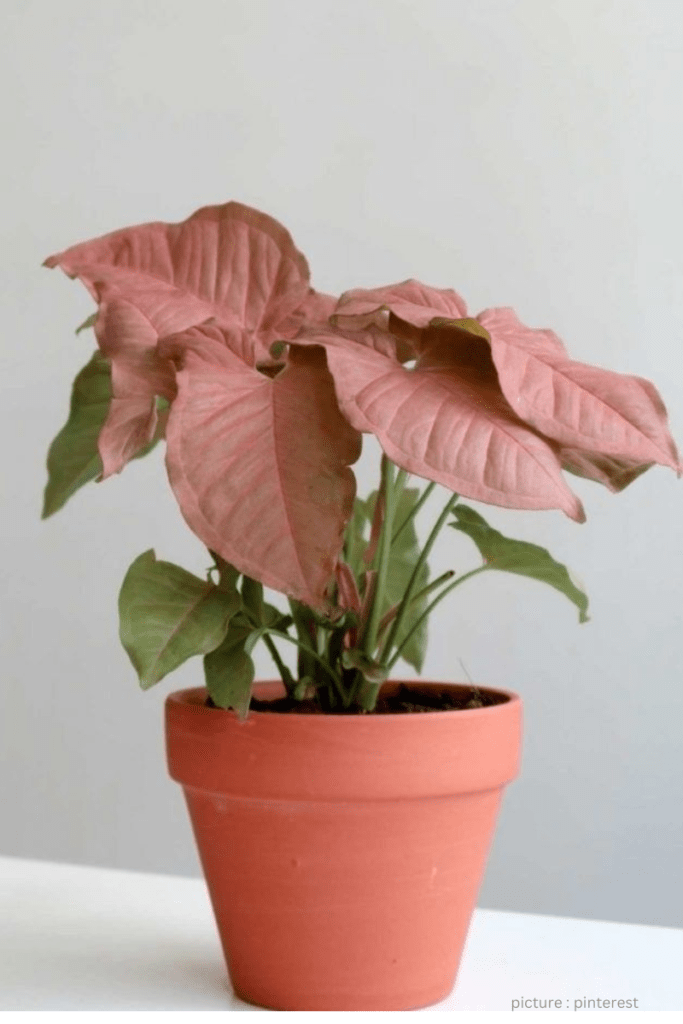
Pink Syngonium, also known as Arrowhead Vine or Goosefoot Plant, is indeed an excellent choice for indoor gardening. Its stunning pink-hued leaves, easy maintenance, and air-purifying properties make it a beloved addition to homes and offices.
Table of Contents
What's the best soil for Syngonium?
In the same family as the Philodendron, the Araceae, are the Syngonium. They both prefer comparable types of soil, and Syngonium make excellent candidates for growing in Leca. It’s essential to choose soil that allows for that because I find that my Syngonium family in general (Albo, Mojito, and more), appreciate being maintained on mildly moist, and they can get really thirsty when in a bright light position.
My plants are kept in Bioleaf potting soil, a unique mixture of orchid bark, pumice, worm castings, fern fiber, and other ingredients. You might want to add some vermiculite in there as well for increased water retention if yours are as thirsty as mine.
You want to strike a balance between water retention and free draining. I wouldn’t plant only succulents or orchids because they will likely dry up too quickly and require constant watering. Syngonium also make excellent semi- and hydro-hydro prospects. If you’re interested in trying it out, read the beginners’ guide to growing in Leca.
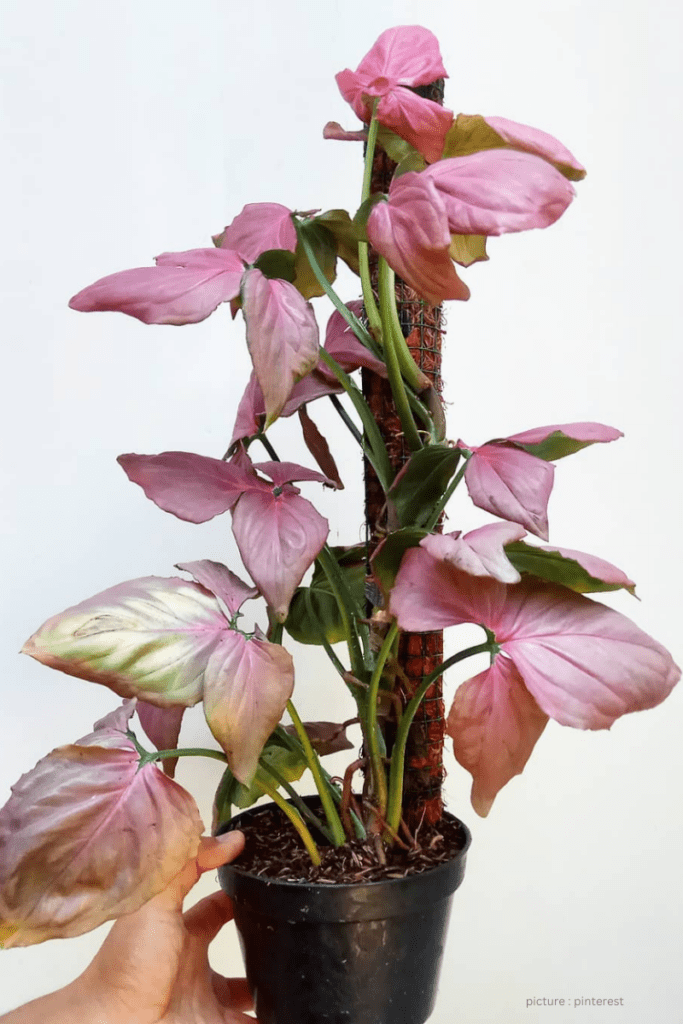
Which fertiliser is best for Syngonium?
Despite the fact that they can grow quickly, I prefer to fertilize “weekly weakly,” which simply means to fertilize softly each time you water. Although I don’t consider Synognium to be heavy feeders, this does not imply that they ought to be “starved.” Fertilizing is essential if you decide to grow in Leca because it doesn’t supply any nutrients like organic mediums do.
GT Foliage Focus or Plant Runner Indoor Plant Food are currently my go-to options. I add 1ml of Plant Runner or 5ml of GT per liter of water. You can give yours a monthly boost with seaweed, but Plant Runner mixes both fertilizer and seaweed (I use the BioPower organic seaweed at half-strength roughly monthly of when I remember).
The Appeal of Pink Syngonium
The vibrant pink leaves of this plant add a pop of color to any indoor space, instantly elevating its aesthetic appeal. Whether you’re a seasoned plant enthusiast or a newbie, pink Syngonium’s allure is hard to resist.
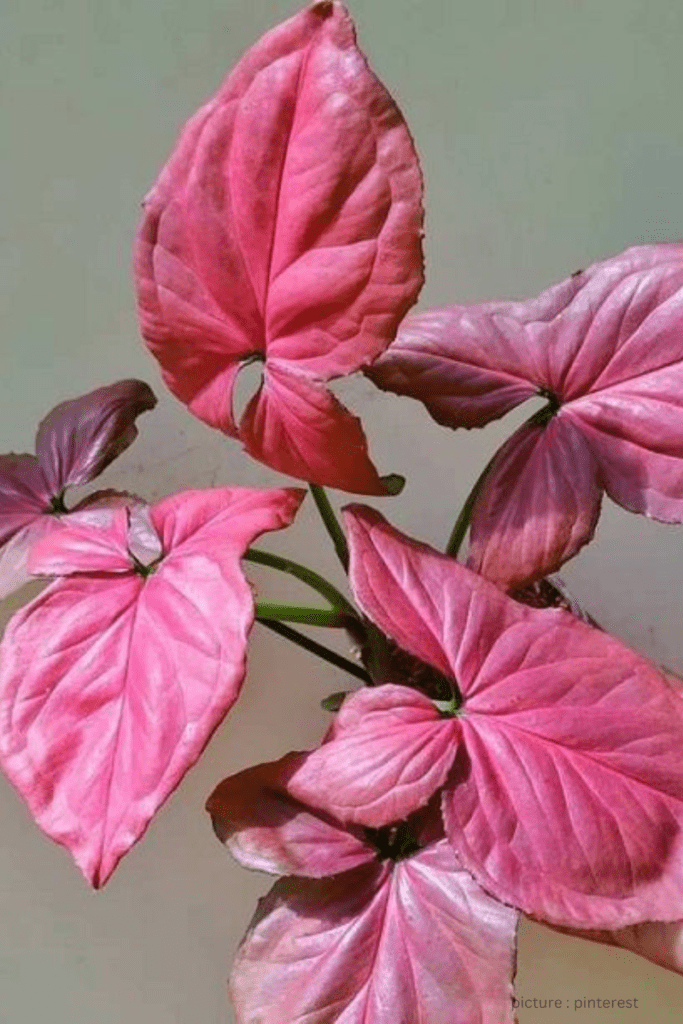
Pink Syngonium Pro Tips & Problem Solving
Fading pink leaves / more green leaves
To overcome this problem, consider your lighting situation. In my experience, too much light will cause those gorgeous pink leaves to fade. When there is not enough light, my females also start to resemble more green leaves. For a period, try a new location and observe what the new growth does. Near the medium end of bright, in my opinion, is optimal. It is typical to find a mixture of entirely pink, green, and intermediate leaves.
Also keep in mind that pink comes in many shades. In comparison to the more recent girls with a deeper pink color, my initial girls are often pinker but paler pink. In New Zealand, you’ll primarily see Syngonium Neon, along with Syngonium Robusta and Syngonium Red Heart.

Vining or climbing?
I’m not sure if I would classify this as a problem, but if you make your Syngonium happy, she will probably start vining if she has nothing to climb. One of mine in particular truly adores life and is determined to develop a vine with incredibly close node spacing (brighter light also encourages bushier growth). When a vine becomes too heavy and begins to droop, I chop and prop a lot (I’ll frequently cut off a vine below a node and put it straight back into the soil).
Leggy stems
These ladies can get a little leggy when trying to reach for more light when there isn’t enough of it. To get more compact growth with shorter stems and more leaves, try a brighter location. If necessary, remove the lanky parts and begin to reproduce. In the proper location, new growth should poke through nicely bushy.
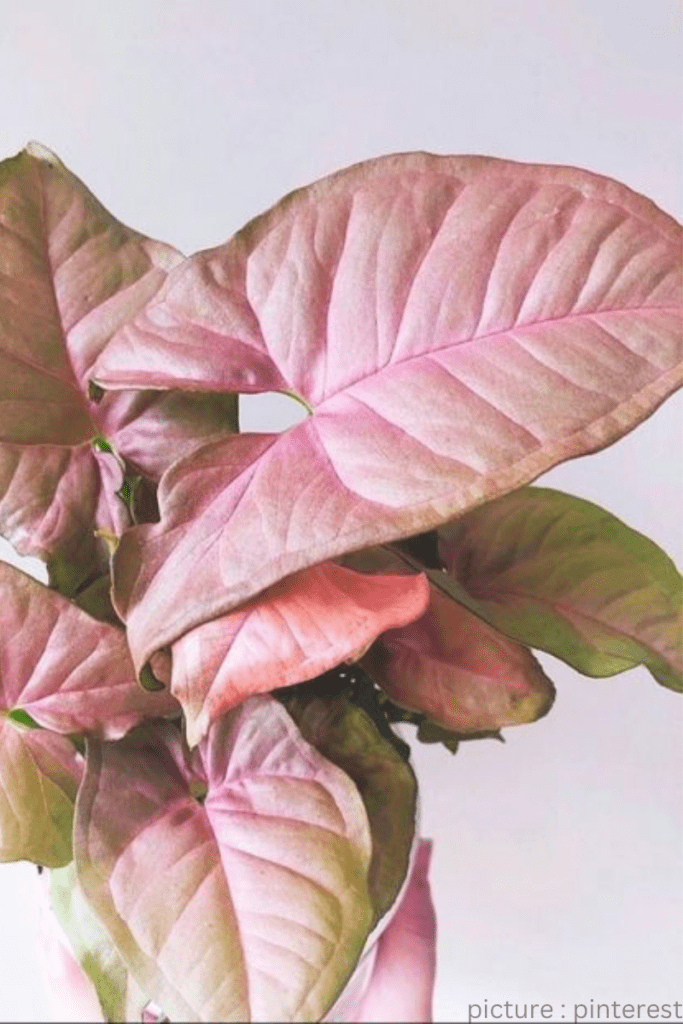
Benefits of Having Pink Syngonium Indoors
- Air Purification: Pink Syngonium is an excellent air purifier, removing toxins from the air and enhancing indoor air quality.
- Low Maintenance: This plant is known for its low maintenance requirements, making it perfect for busy individuals.
- Adaptability: Pink Syngonium can thrive in various lighting conditions, from bright indirect light to low light areas.
- Versatile Decor: Its trailing vines can be creatively displayed in hanging baskets or as climbing plants on trellises.
Caring for Your Pink Syngonium
To ensure your Is Pink Syngonium an Indoor Plant thrives indoors, follow these care guidelines:
- Light
Place your plant in bright, indirect sunlight. Avoid being in the sun directly since it can burn the foliage.
- Watering
Keep the soil consistently moist but not soggy. When the top inch of soil seems dry, water it thoroughly.
- Humidity
Maintain a reasonable degree of humidity, particularly in dry indoor areas.
- Fertilization
Feed your pink Syngonium with a balanced liquid fertilizer every 4-6 weeks during the growing season.
- Pruning
Trim leggy or overgrown vines to encourage bushier growth.

Conclusion Is Pink Syngonium an Indoor Plant
In conclusion, pink Syngonium is a delightful indoor plant that not only adds beauty to your space but also improves air quality. With proper care and attention, you can enjoy its vibrant pink leaves for years to come. So, if you’re wondering if pink Syngonium is an indoor plant, the answer is a resounding yes!
About The Author

Pruthvirajsinh
THE WAY YOU NEED IT
Connect with us
Recent Posts
- Decorate Your Home Space With Artificial Grass In 2023
- #1 Top 5 Creative Festive Garden Decor Ideas
- #1 The Most Easy Way to Protect Your Plants From Frost In USA
- #1 BEST TULSI REDUCES ACTIVE ACNE IN 2023
- #1 Best 7 indoor plants that people with amazing-smelling homes use to scent their spaces naturally
Information

Decorate Your Home Space With Artificial Grass In 2023

#1 Top 5 Creative Festive Garden Decor Ideas

#1 The Most Easy Way to Protect Your Plants From Frost In USA
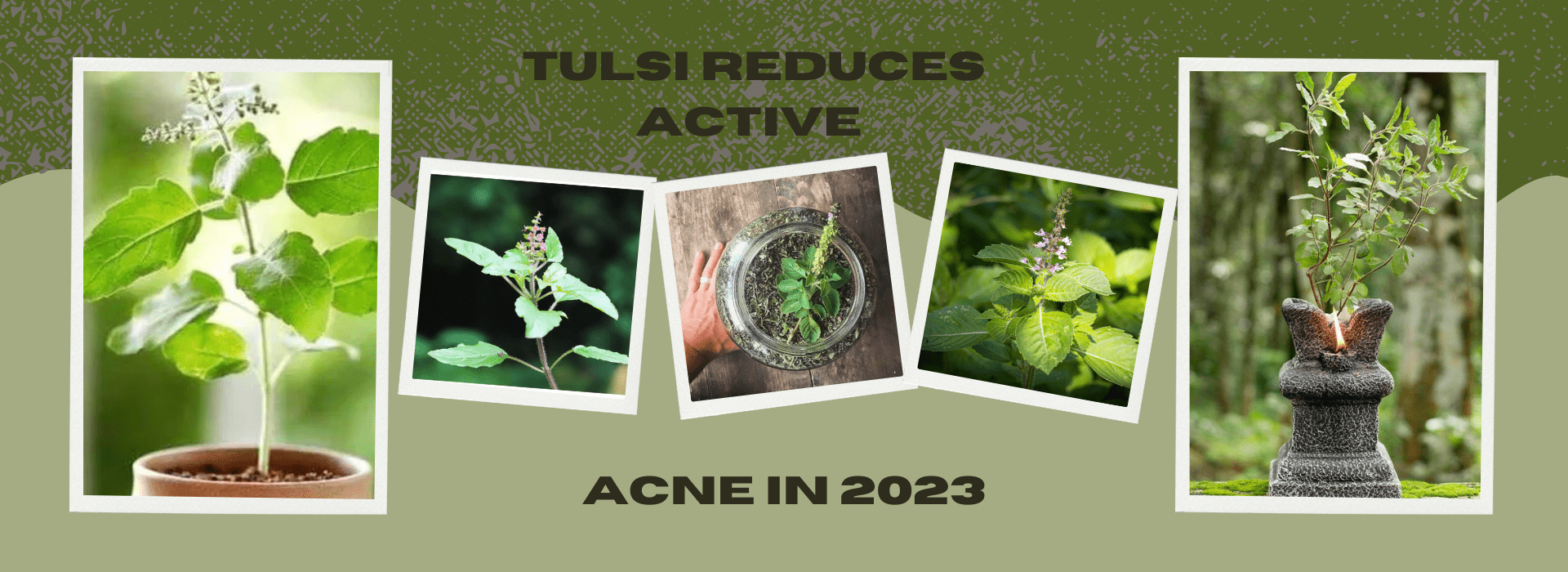
#1 BEST TULSI REDUCES ACTIVE ACNE IN 2023

#1 Best 7 indoor plants that people with amazing-smelling homes use to scent their spaces naturally
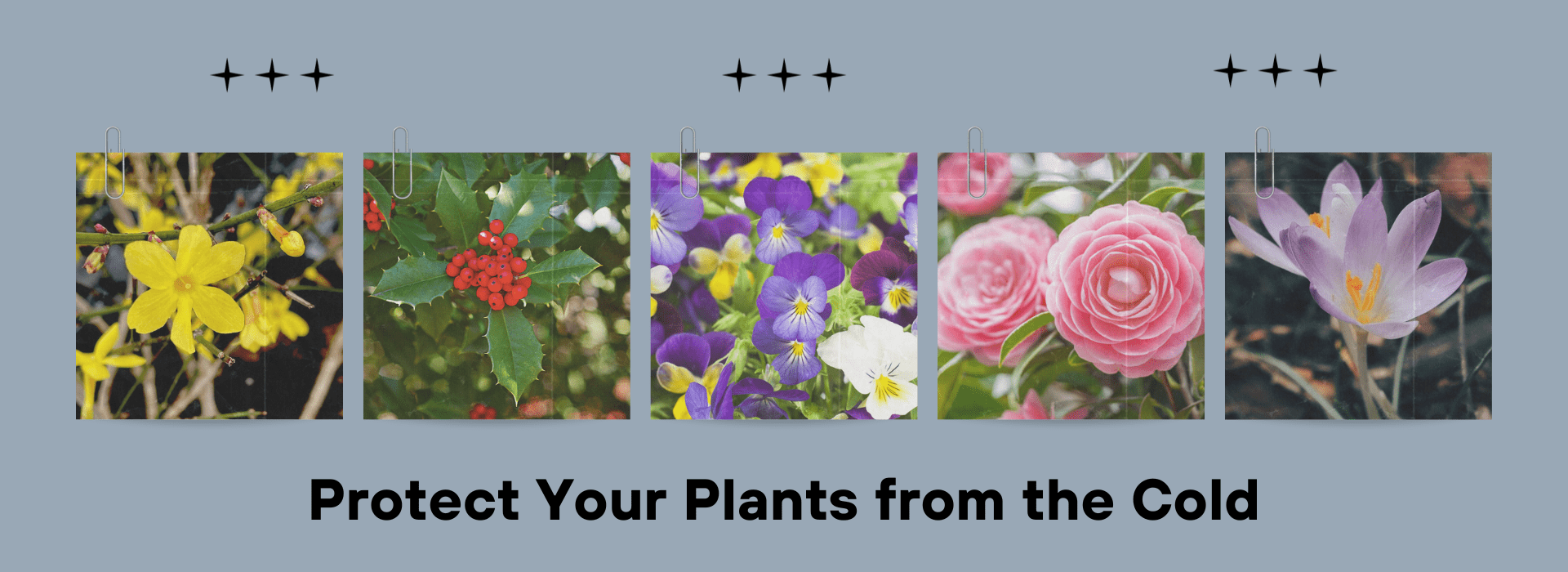

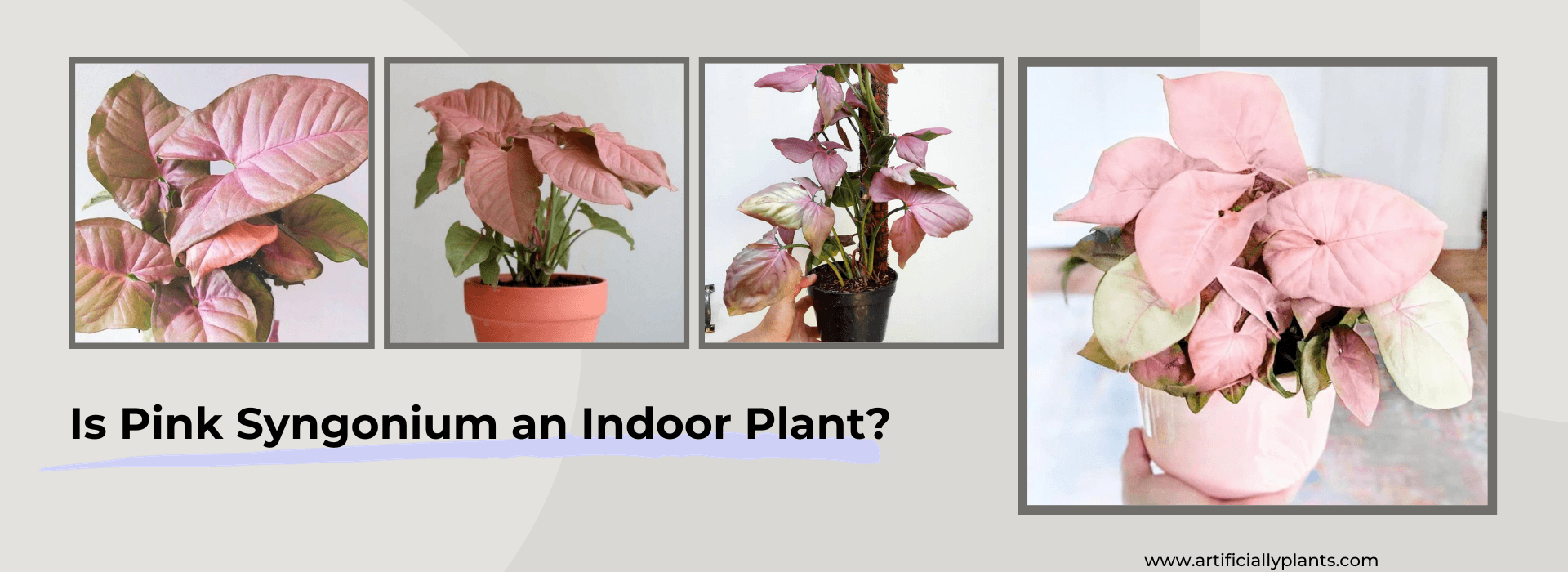




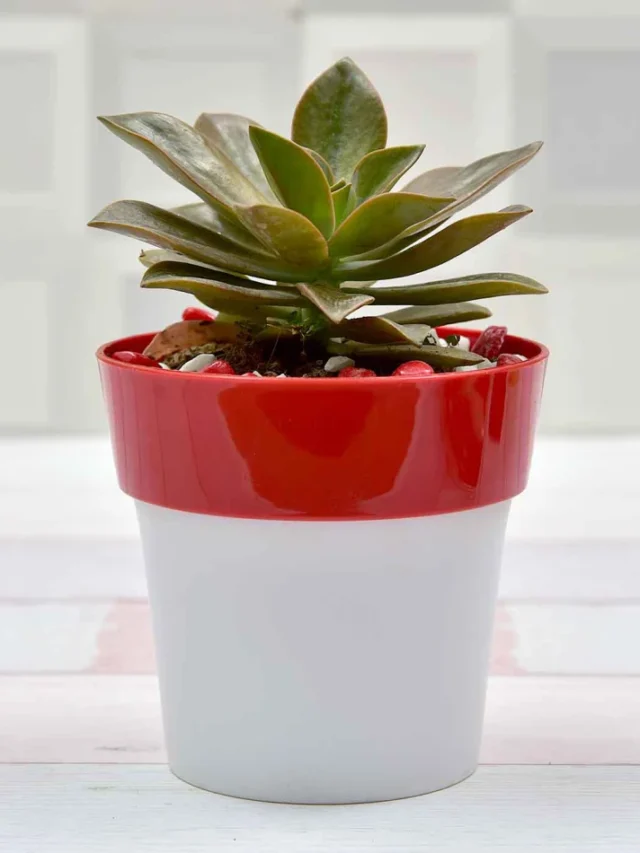

Recent Comments